Spring can be a tough season to enjoy - the daytime sun doesn’t always mean evening warmth the way it does in the summer, but after being cooped up all winter we’re itching to get outside and enjoy the fresh air. Firepits are the perfect solution, and the perfect addition to your yard this season and the next (and the next!). Whether nestled between two adirondack chairs or the central focus of a stone patio, a firepit adds warmth to your outdoor living space as family gathers around for s’mores and stargazing, and luckily, firepits aren’t that tough to build. If you’re thinking about remodeling your deck or porch or adding to the landscaping of your yard, think about building your very own!
Before You Start
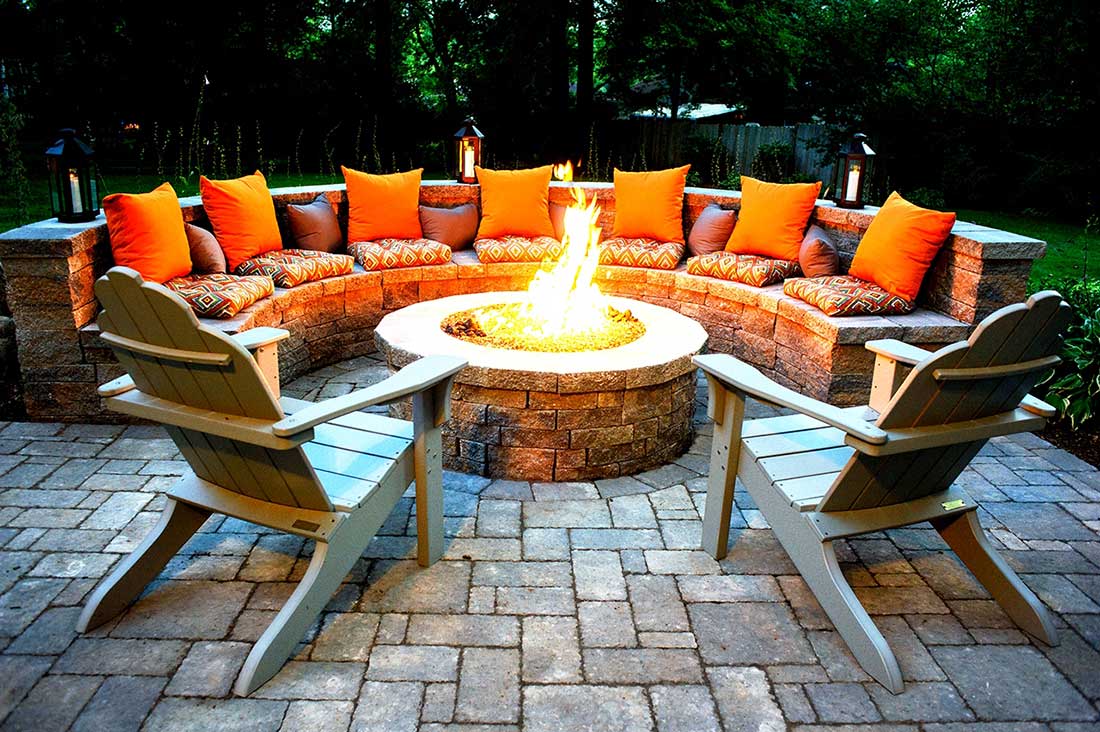
There are lots of different ways to incorporate a firepit into your backyard, and there are some things to take into consideration before you start this project. Are you looking to permanently install a DIY firepit, or would a store-bought option that you can put away during the winter make more sense? Do you have young kids who will need to be watched at all times around the fire? Is there any tree work that needs done first, like removing low branches? How close to the house would you like the firepit to be? While some of these questions are personal or family-level questions, some are governed by local fire safety laws and codes (such as the distance of the firepit from your home). Make sure you check in with the local authority if you’re not sure so you know you won’t have to abandon the project halfway, and more importantly you know you’re keeping your family safe.
Method
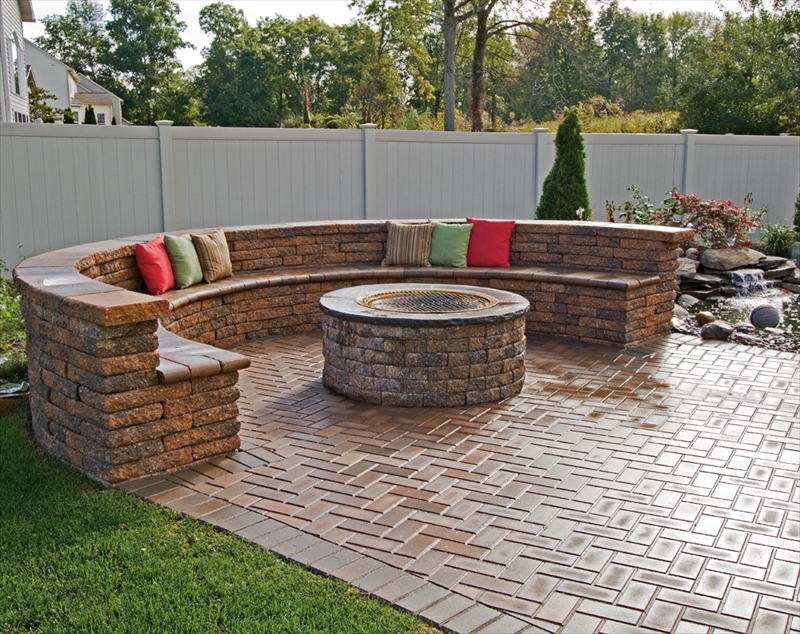
One of the easiest ways to incorporate a firepit is to use a hybrid method that combines store-bought materials and a DIY construction approach, such as in this project, which is an elevated fire pit within a cement ring. To complete this project, you will need a steel firepit bowl with a lip that comes complete with a cover and cement blocks that will fit in a circle around the firepit. This type of firepit can be installed on a stone patio or on a paver base in your yard, but don’t install on a wooden deck. Another plus of this firepit is the removable firepit bowl - this makes it easy to clean out ashes or debris, once the fire is out and the bowl cools down. The best part about the project? It only takes a couple of hours to complete, leaving you free to enjoy the product of your hard work right away!
Step 1: Cement Ring
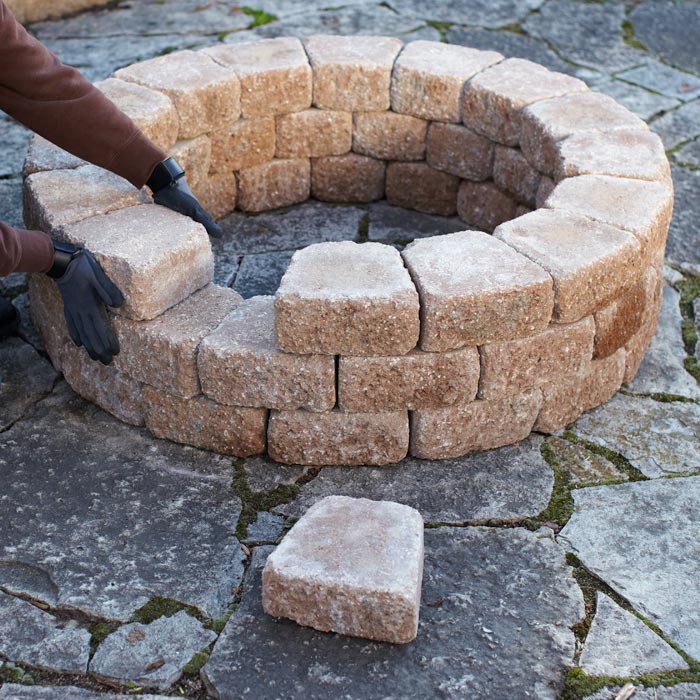
The first step of this project is to complete the cement ring, but to do this you’ll need to use the firepit cover, so assemble this according to the instructions. Once the cover is assembled, place it directly centered over where you want the final firepit to be. Lay the cement blocks around the cover, making sure they’re tight together and closely ring the outside edge of the cover. As soon as you finish the first ring, you can take the cover out, and go ahead with the second, but make sure the joints between blocks fall over the center of the blocks of ring 1 (the same way a bricklayer offsets bricks between layers). Continue for 2 more rings of blocks, or as high as you want the firepit to be.
Step 2: Firepit Bowl
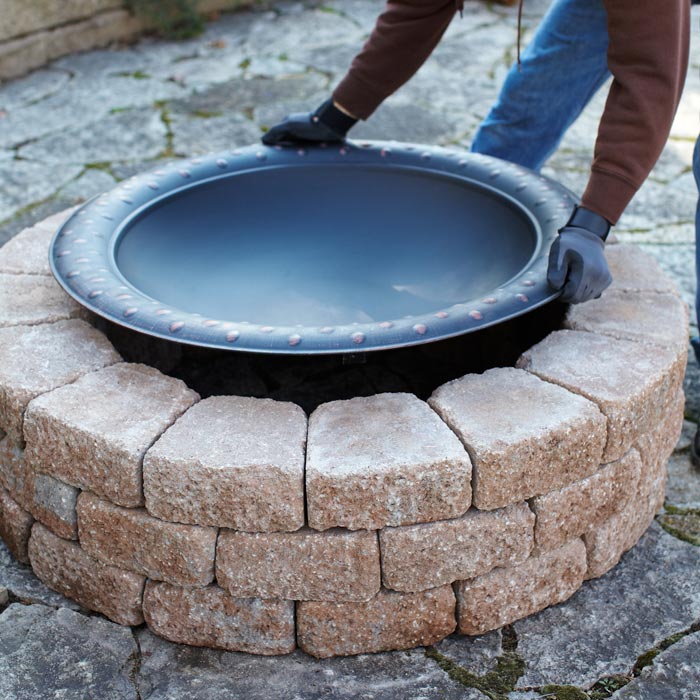
At this point, you’re nearly done - the firepit bowl is ready (if it needs assembly, do this now, but leave off any legs), and the cement ring is completed. Now, insert the bowl into the ring; the lip of the bowl should rest exactly on the top layer of cement blocks, while the bowl should dip into the opening in the blocks. Add a starter log and wood to the pit and light, then use tongs to replace the cover overtop of the pit. Voila! Your springtime marshmallow-toasting station is complete!
Alternate Versions
As we said earlier, there are lots of different versions of DIY firepits, including those that are permanently installed in your yard. You can find more complex DIY projects, but if you’re inexperienced when it comes to masonry, we suggest contacting a professional who can help you plan out the project of your dreams. DIY projects take practice, but it’s not worth the potential danger of fire spreading to practice with this particular project.
 Let a landscape architect give you an estimate on your project
Let a landscape architect give you an estimate on your project

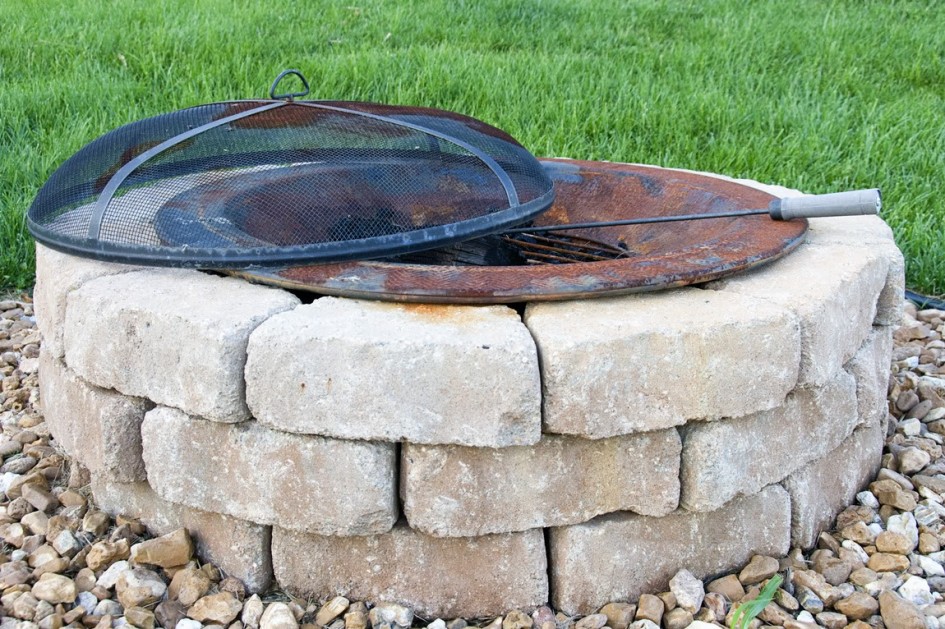
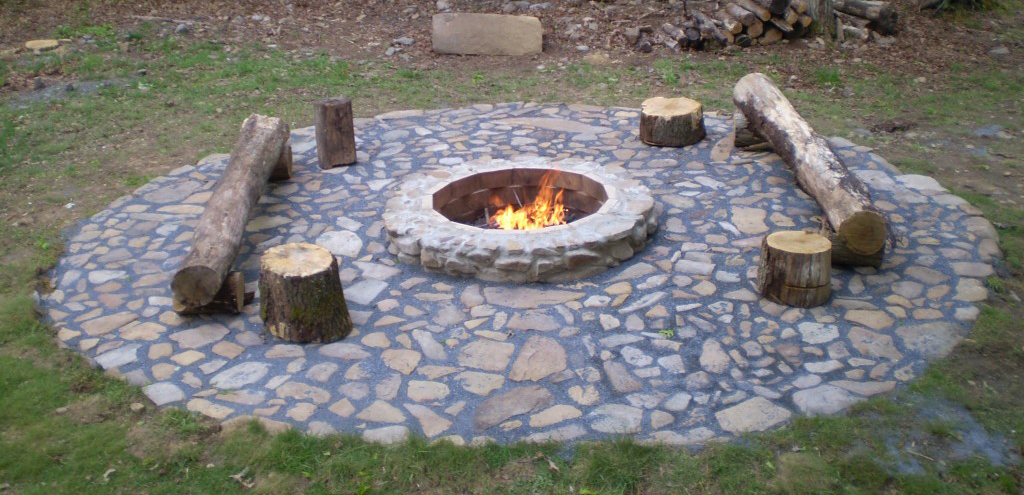
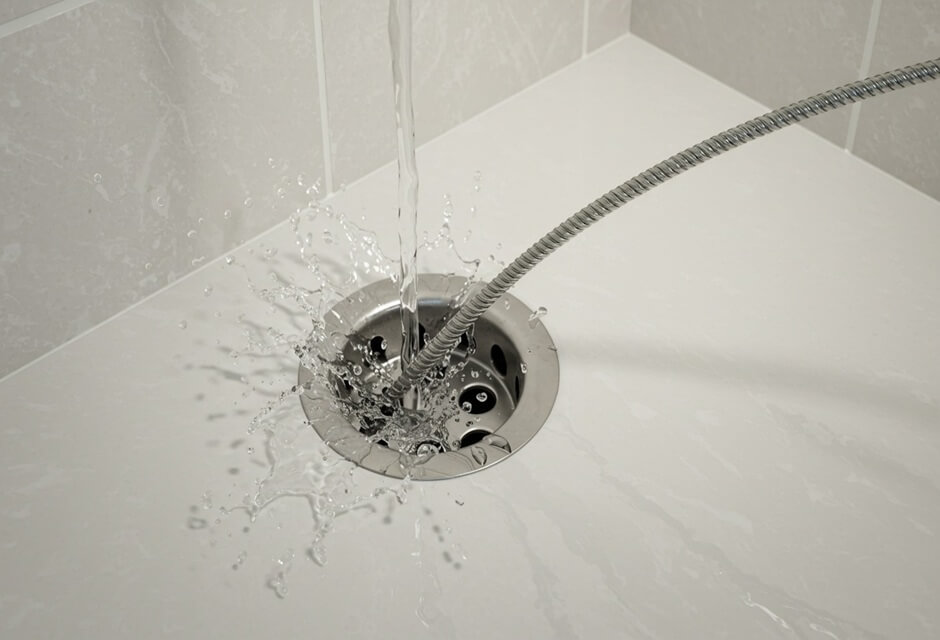
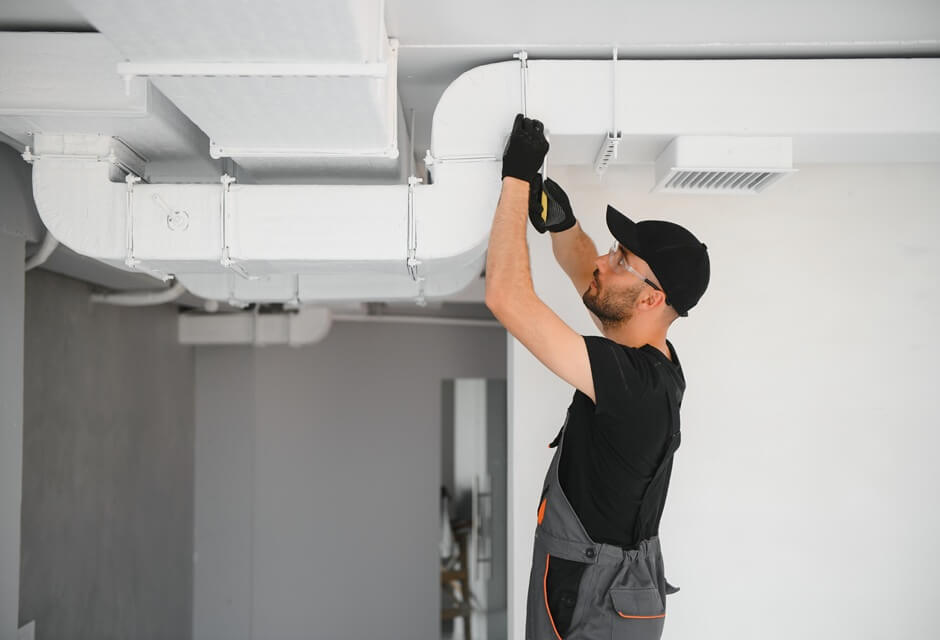

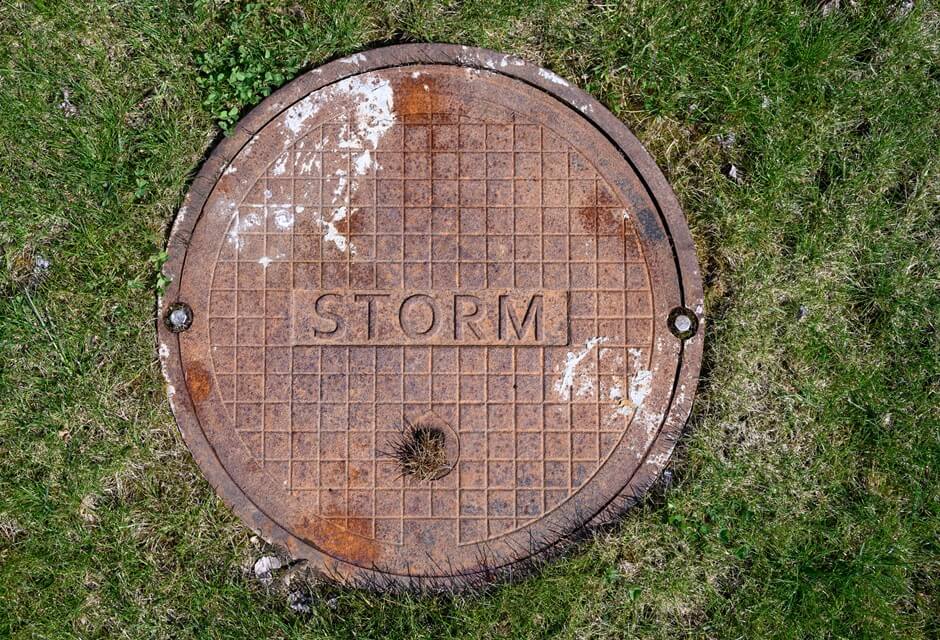
 Member of the
Member of the